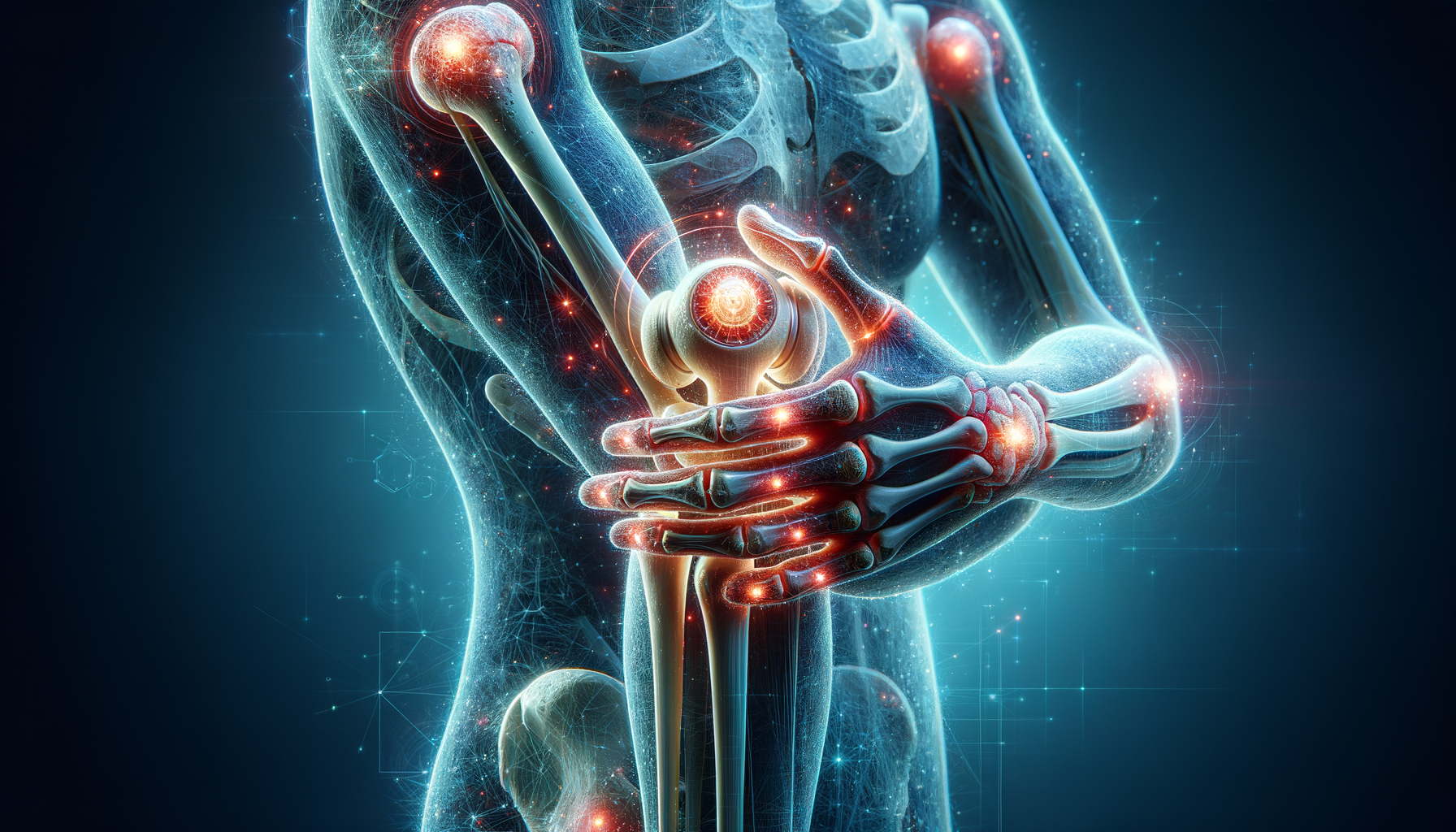Introduction to Joint Pain
Joint pain is a common ailment affecting millions worldwide, transcending age and lifestyle. It can range from a mild irritation to a debilitating condition that hampers daily activities. Understanding joint pain is crucial, as it not only affects physical health but also impacts mental well-being. The complexity of joint pain lies in its various causes, which can stem from injuries, infections, or chronic diseases. Addressing joint pain requires a comprehensive approach that includes medical intervention, lifestyle changes, and sometimes, alternative therapies.
Causes and Types of Joint Pain
Joint pain can be attributed to a myriad of causes, each presenting its own set of challenges. The most common types include osteoarthritis, rheumatoid arthritis, gout, and bursitis. Osteoarthritis is a degenerative condition that results from wear and tear of the cartilage, often affecting older adults. Rheumatoid arthritis, on the other hand, is an autoimmune disorder where the body’s immune system attacks the joints, leading to inflammation and pain. Gout is characterized by sudden, severe attacks of pain, often in the big toe, caused by the accumulation of urate crystals. Bursitis involves inflammation of the small sacs of fluid that cushion the joints. Understanding these conditions helps in devising effective management strategies.
Symptoms and Diagnosis
The symptoms of joint pain can vary depending on the underlying cause. Common symptoms include swelling, redness, warmth around the joint, stiffness, and a reduced range of motion. Diagnosing joint pain involves a thorough medical history and physical examination. Doctors may recommend imaging tests such as X-rays, MRIs, or CT scans to get a detailed view of the joint structure. Blood tests are also useful, especially in diagnosing rheumatoid arthritis, as they can detect specific antibodies. Early diagnosis is key to preventing further joint damage and ensuring effective treatment.
Management and Treatment Options
Managing joint pain effectively requires a multifaceted approach. Medications such as nonsteroidal anti-inflammatory drugs (NSAIDs) and corticosteroids are commonly prescribed to reduce inflammation and relieve pain. Physical therapy plays a crucial role in improving joint function and mobility. Exercises tailored to individual needs can strengthen the muscles around the joint, providing better support. In severe cases, surgical interventions like joint replacement may be considered. Additionally, alternative therapies such as acupuncture and massage can offer relief for some individuals. A balanced diet rich in omega-3 fatty acids, antioxidants, and vitamins can also support joint health.
Lifestyle Factors and Prevention
Lifestyle choices significantly impact joint health. Maintaining a healthy weight reduces stress on the joints, particularly the knees and hips. Regular physical activity strengthens the muscles that support the joints and enhances flexibility. Avoiding repetitive motions and taking breaks during activities can prevent overuse injuries. Smoking cessation and limiting alcohol intake are also beneficial, as these habits can exacerbate inflammation. Educating oneself about joint health and taking proactive measures can prevent the onset or progression of joint pain, leading to a better quality of life.




Leave a Reply